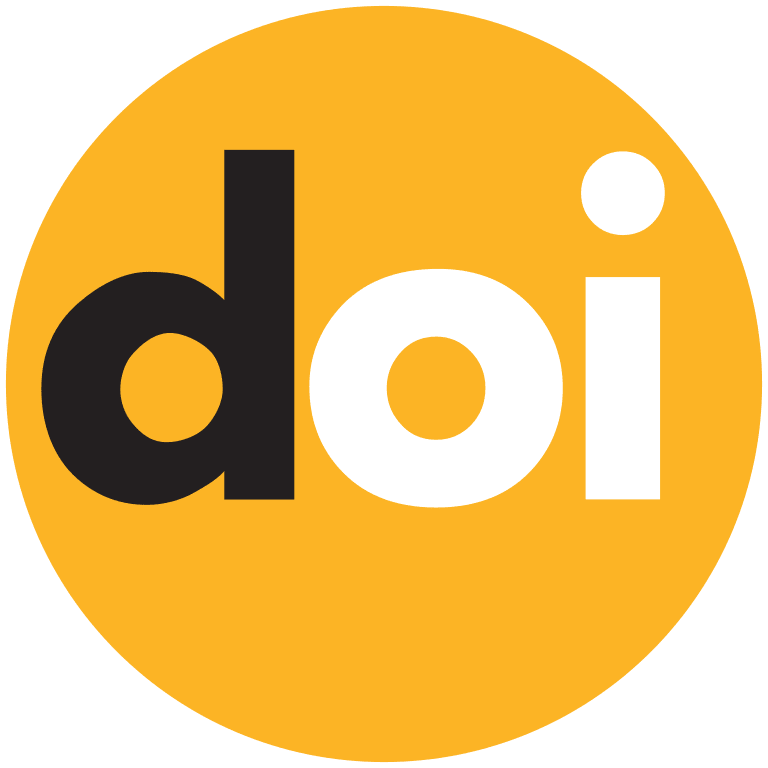| Issue | Vol. 9 No. 2 (2025) |
| Release | 31 July 2025 |
| Section | Articles |
PT. XYZ faces challenges with its Occupational Health and Safety (OHS) system, which is overly generic, lacks detailed risk analysis for high-risk jobs, and suffers from minimal worker involvement, leading to irrelevant control strategies. This study aims to design an effective and adaptive OHS system by integrating Participatory Ergonomics, Job Safety Analysis (JSA), and Risk Score techniques through a Participatory Action Research (PAR) design involving 50 technicians and supervisors. The results indicate a highly receptive environment for change, evidenced by high perceptions of Managerial Support (4.44) and Self-Involvement (4.11), alongside a low perception of added Workload (1.38). The collaborative JSA and Risk Score analysis successfully identified four primary high-risk jobs (high-voltage cable jointing, new distribution pole installation, switchgear maintenance, and protection equipment testing), pinpointing critical hazards such as electric shock and falls from height. Based on these findings, a structured OHS improvement program was formulated, featuring practical recommendations like semi-annual JSA updates, mandatory worker involvement in JSA reviews, and weekly safety talks. The study concludes that this integrated, participatory method is crucial for creating an effective and sustainable OHS system, as it enhances the accuracy of hazard identification and fosters a proactive safety culture owned by the entire organization.
Keywords: OHS Management System, Participatory Ergonomics, Job Safety Analysis, Risk Score
If the reviewed manuscript is accepted, the corresponding author will receive a detailed guide and a checklist for final manuscript submission requirements. Each author will be asked to sign a copyright form. The return of the signed form completes the acceptance process. Please note that the manuscript will not be published without the signed copyright form.


